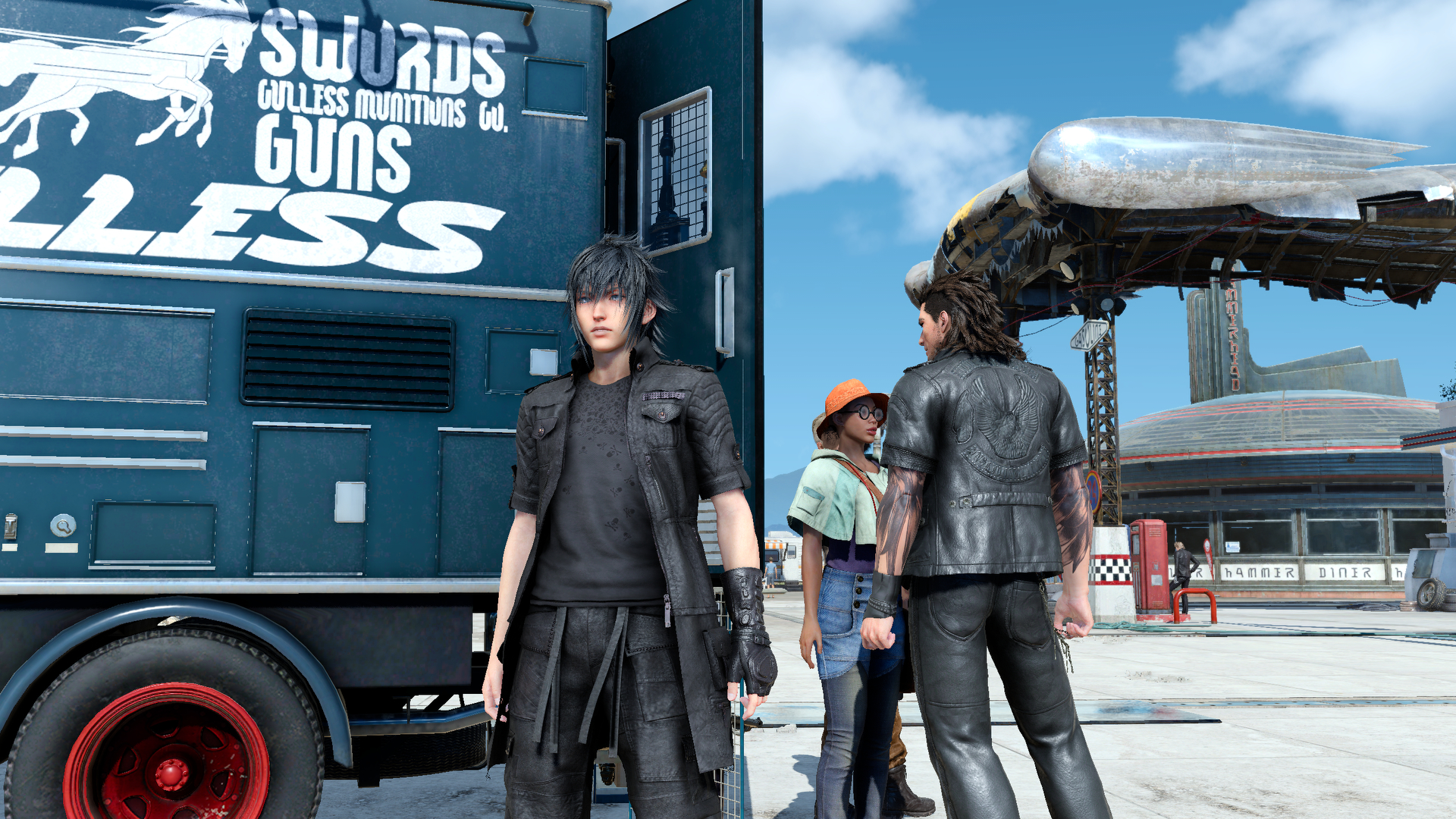
The lead programmer on Square Enix’s Final Fantasy XV claimed in an interview with Wccftech that Nvidia’s deep learning supersampling (DLSS) technology made possible through its RTX-series graphics cards, can have a dramatic effect on the game’s performance. Although the game doesn’t yet support it, it is one of the major titles that will be adding the anti-aliasing-like technology soon.
Alongside ray tracing, DLSS was one of the major technologies that Nvidia touted its new Turing-generation of graphics cards with. Used in place of traditional anti-aliasing techniques like temporal-anti-aliasing (TAA), DLSS leverages AI and deep learning to reproduce certain elements of a scene at a much higher resolution than the game is rendered at. It’s designed to improve the visual fidelity of scenes and be much less resource-intensive than techniques like TAA.
According to the technical director and lead programmer on Final Fantasy XV, Takeshi Aramaki, the effects of DLSS are impressive. In his chat with Wccftech, he stated that “The resolution of the texture reduces partially at times, but polygon edges are much cleaner and we’ve been able to realize blur reductions. The performance significantly increases with the 4K resolution and the framerate also shows a substantial improvement.”
Another important improvement with this feature, we’re told, is that it was much easier to implement DLSS than TAA in the game, making for an easier developmental process.
It should be noted, however, that there have been a number of user reports of poor anti-aliasing in Final Fantasy XV, both in terms of its performance impact and its overall aesthetics. While that may make the use of DLSS more dramatic an improvement for those who can take advantage of it, it suggests that the game is not the best benchmark of how DLSS truly compares to TAA or similar anti-aliasing technologies.
Despite his praise of DLSS and the speed with which it’s been implemented, Aramaki wouldn’t be drawn on when we can expect it to become available for owners of both the game and Nvidia’s RTX cards to enjoy. He did, however, suggest that Square Enix may implement ray tracing in the game at some point in the future, giving gamers another reason to adopt the new graphics cards from Nvidia.
For a more in-depth look at Final Fantasy XV performance, check out our guide.




